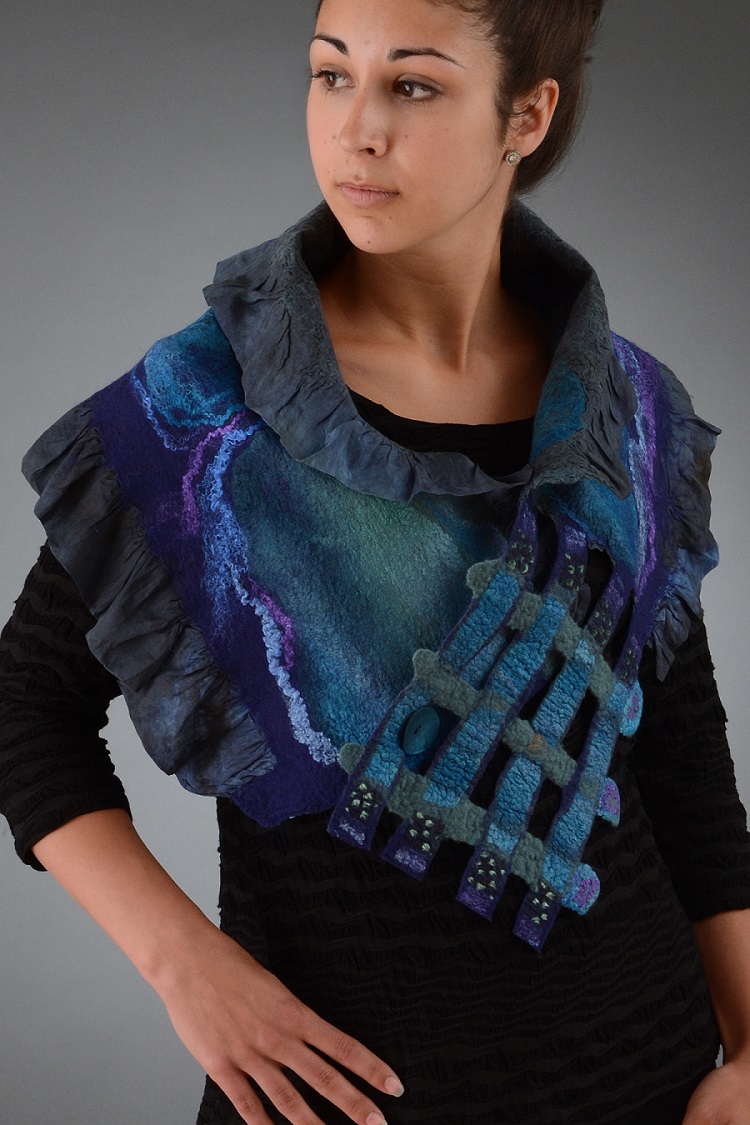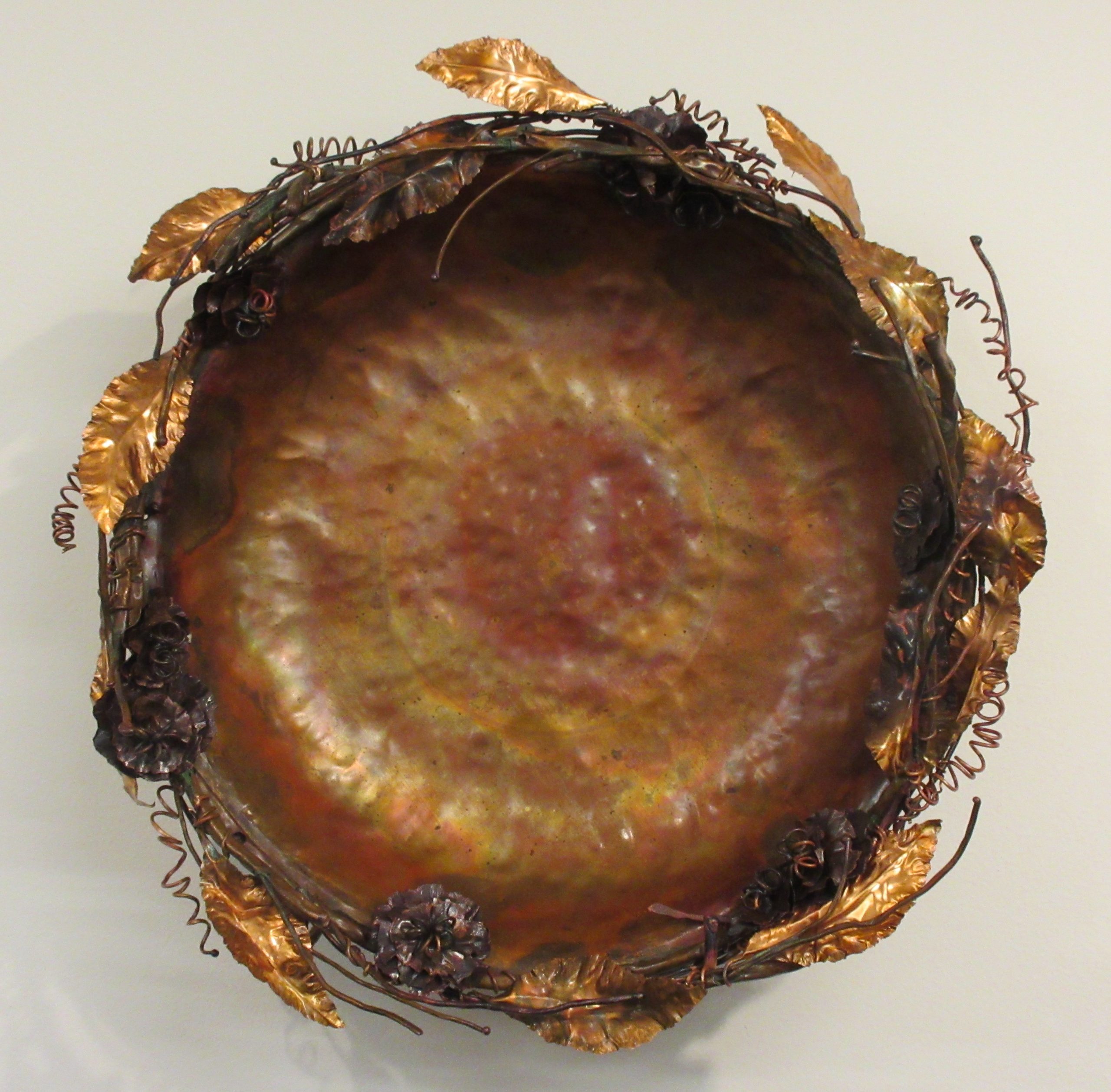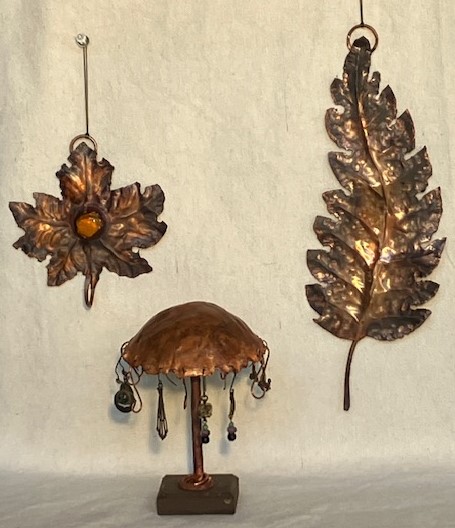Nuno Felt Scarf
Adirondack Folk School 51 Main St., Lake Luzerne, NY, United StatesJoin Marjolaine in this 1-day class to create a nuno felt scarf you can wear different ways and close with a button. During this workshop you will explore the technique of nuno felt, a wet felting process combining silk fabric and wool roving. The felting is accomplished by applying water, soap, and friction. In this class you will: create a lightweight scarf made with silk fabric and merino wool roving, discover various wool layouts, create a stained-glass effect, and paint with silk hankies and silk roving on wool. This workshop is suited for beginner to intermediate learners and requires standing for most of the day.







